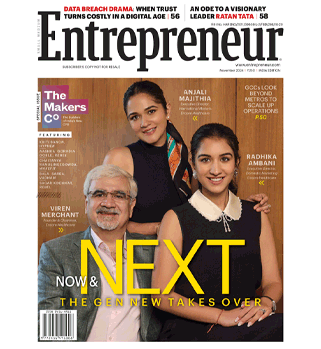Experimenting With Innovations In Education Crowdfunding


In no uncertain ways, crowdfunding in India is marching toward a place where increasing numbers of people have a rudimentary sense of what it is (an alternative digital method of fundraising that harnesses the power of your “crowd”, with your friends and supporters each making relatively small donations to your fundraiser and helping you meet your large fundraising goal). Many young urban Indians, a majority of them middle-class, have also developed a sense, in recent years, on how crowdfunding works, with social media enabling campaigners to extend their reach and solicit donations from friends of friends, or even strangers.
What education crowdfunding can do
Crowdfunding has helped thousands of sick people raise funds for medical treatment; medical crowdfunding is the single largest category of all crowdfunding done globally. But slowly and surely, other kinds of projects are becoming popular, and are raising substantial amounts to aid individuals and organizations empower themselves and do good. Education crowdfunding campaigns, for example, are going places; lakhs are raised every year to send students abroad for higher education; to sponsor student research projects; put together travel grants for student and researcher travel (available grants are extremely competitive, and not enough to support those who travel within the country and abroad for academic work); to improve adult literacy rates; to ensure that India’s children go to school to receive their compulsory primary education, a fundamental right; to impart vocational training that translates to secure livelihoods.
And the existence of schools and other learning centres is not enough. They need to be adequately furnished with desks and benches, students need to have access to toilets, a midday meal has to be served to pupils, teaching supplies and learning materials need to be bought, and instructors have to be paid.
How and why education can reach those who need it
This is a good time to champion crowdfunding for education, with national education statistics reflecting that both the common man as well as governance and administration personnel are prioritizing education - and spending on it - over religion, festivals, and weddings. As many as 96.5% of all rural children are enrolled in school; there has been a 19% increase in girl children’s school enrollment since 2002; and 49% of all higher education seats at government run institutions are reserved for select caste and class groups, which means that the country is embracing a democratic and inclusive spirit when it comes to education. The message we get is loud and clear: education is for all, and is vital and indispensable.
The possibilities of how education crowdfunding can be leveraged to make a difference in the world are virtually endless, and happily, nonprofits in India at this time are working actively to sensitize the nation about the essential need for education and finding ways to educate as many Indian citizens as possible in innovative ways. Crowdfunding campaigns have been run already to build schools in rural regions, in conflict zones in the country, to pay for a recreation room at a children’s school in the mountains of Sikkim. Hostels have been built. Computer labs and technical training institutes have been founded so children and young adults from underprivileged backgrounds develop monetizable skills that allow for their upward social mobility.
The time has come to implement new strategies
While there already have been certain sociocultural breakthroughs via education crowdfunding, the time has come for us to experiment without skepticism and with some risk with how crowdfunding itself can be educational. I recommend that undergraduate students start their own fundraiser on a platform of their choice and manage this campaign, asking for donations on online and promoting it through writing, video material and social media tools that are freely available to all users. This is an ideal summer project that not only teaches students to manage their time, plan marketing strategies, improve communication skills, and enhance their creative and aesthetic abilities while learning responsibility, but also lets them cultivate altruism and make real, tangible social difference.
The way forward for pushing the potential of education crowdfunding to the limit lies in collaborative efforts and smart partnerships between crowdfunding platforms, educational institutions, NGOs who work for universal education, and activists and independent educators. Since crowdfunding is low-cost and does not involve any initial outlay on the campaigner’s part, we must begin to take risks and experiment with strategy to make maximum impact to learners, teachers, and pedagogic ideators and bring uplift to the Indian education system as a whole.
This article is authored by Piyush Jain, CEO & Co Founder, ImpactGuru.com.









